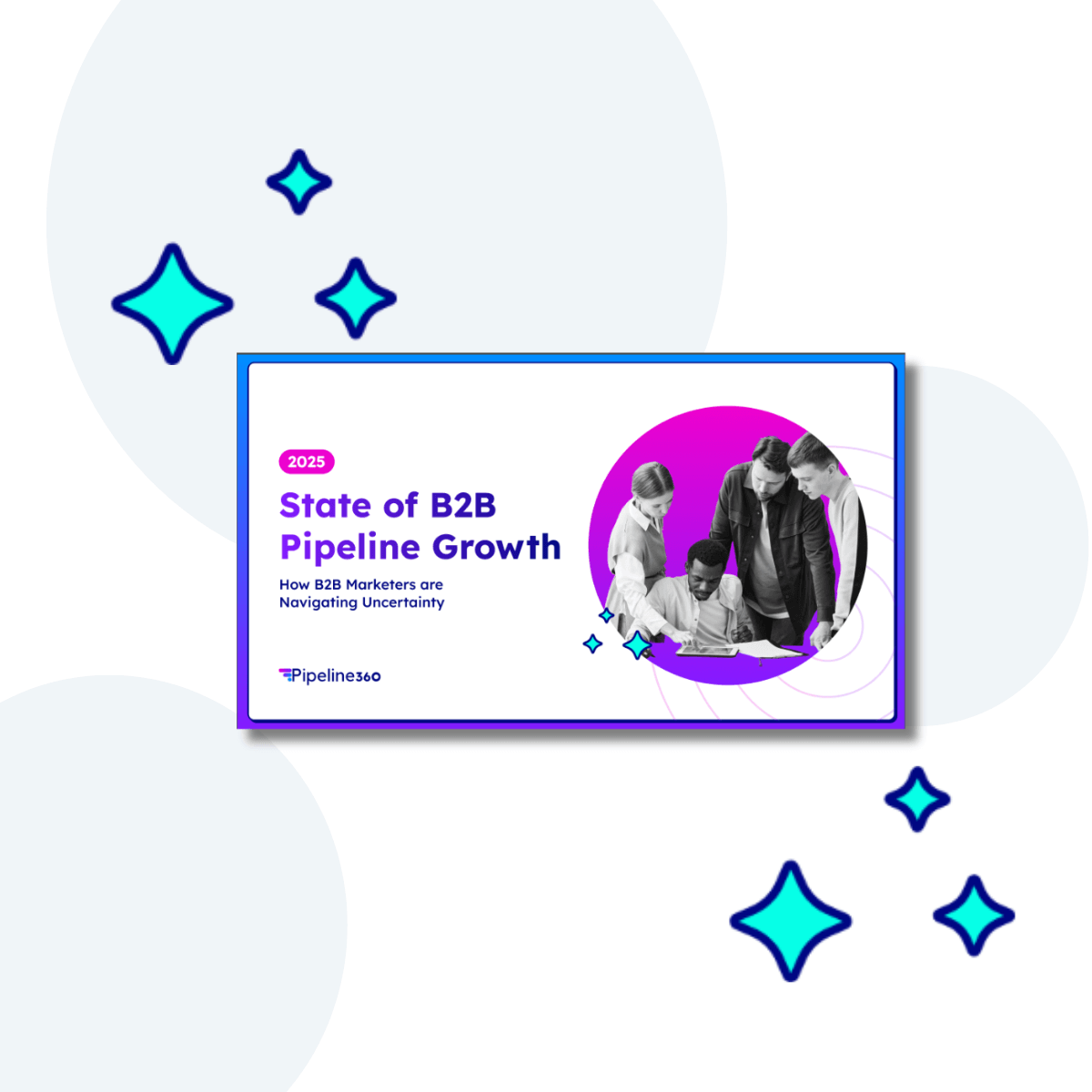In the dynamic world of B2B digital demand generation, the metrics we prioritize and the strategies we implement are pivotal to our success. Recently, the industry has been witnessing a significant shift from the traditional “time-to-lead” approach to a more holistic and impactful “time-to-value” focus. This evolution is not just a change in terminology but a fundamental shift in how we approach demand generation and customer engagement.
The traditional path: Time-to-lead
For years, “time-to-lead” has been a primary objective in guiding marketing strategies in various B2B sectors. The metric’s simplicity is its allure; it measures the speed at which potential customers are identified and brought into the sales funnel. The faster, the better — or so we thought. While this approach has its merits, particularly in environments where volume and velocity are paramount, it often overlooks the deeper nuances of customer relationships and long-term value.
The evolution: Time-to-value
“Time-to-value” represents a more nuanced and customer-centric approach. It shifts the focus from merely generating leads to creating genuine value for those leads as quickly as possible. This paradigm emphasizes understanding and addressing the customer’s specific needs, challenges, and goals from the outset, thereby fostering stronger relationships and, ultimately, driving higher conversion rates and customer loyalty.
So, why is this shift happening now? Several factors contribute to this evolution in demand generation:
- Changing buyer expectations: Today’s buyers are more informed, connected, and discerning than ever before. They expect personalized, relevant, and value-driven interactions from the get-go. The one-size-fits-all, high-volume lead generation tactics of yesteryear have lost their effectiveness with today’s B2B buyer.
- Data governance and compliance: Gone are the days of spamming prospects in the hopes of generating leads. Stringent data privacy and compliance laws at the state and country level require marketers adhere with the latest rules and regulations. Data governance and compliance is not just a legal issue either. Buyers are aware of data privacy laws and illegal lead generation techniques will reflect poorly on brands that deploy them.
- Increased competition and noise: As the digital space becomes increasingly crowded, standing out requires more than just capturing attention. It requires delivering tangible value that resonates with potential customers’ specific needs and pain points. This environment is pushing marketers to refine their strategies towards providing value earlier in the customer journey.
- Technological advancements: Modern marketing technologies enable us to gather deeper insights into our customers’ behaviors, preferences, and challenges. This wealth of data allows for more targeted, value-driven marketing approaches that can be tailored to individual customer journeys, rather than relying on broad, catch-all strategies.
- Branded Demand: Disconnected brand and demand advertising has resulted in the un-branded lead phenomenon. Buyers recall downloading content but have no brand connection with the company syndicating the content. B2B digital marketers need to align their brand and demand strategies in a Branded-Demand approach in order to drive demand generation performance today,
- Focus on long-term relationships: The recognition that long-term customer relationships are more profitable than single transactions has been a game-changer. Businesses are now prioritizing strategies that contribute to sustained engagement, customer satisfaction, and loyalty. “Time-to-value” aligns perfectly with this long-term orientation, emphasizing the delivery of value as the foundation of these enduring relationships.
The implications
The shift from “time-to-lead” to “time-to-value” has profound implications for how we structure our marketing strategies, allocate resources, and define success. It requires a deeper integration of customer insights, a more agile, integrated and responsive marketing approach, and a commitment to delivering genuine value at every touchpoint.
As we navigate this shift, it’s crucial to remember that “time-to-value” is not just about accelerating the delivery of value; it’s about ensuring that every interaction moves the needle in terms of customer satisfaction and engagement. It’s a strategy that demands patience, precision, and a deep commitment to understanding and meeting customer needs.
As this new era of demand generation plays out, the shift from “time-to-lead” to “time-to-value” offers a promising path forward. It’s a journey that will require us to rethink our strategies, challenge our assumptions, and continuously innovate. But the rewards — stronger customer relationships, higher conversion rates, and sustained business growth — are well worth the effort.





